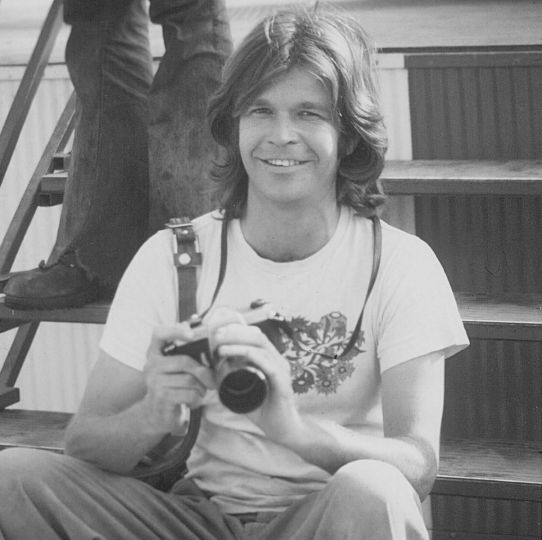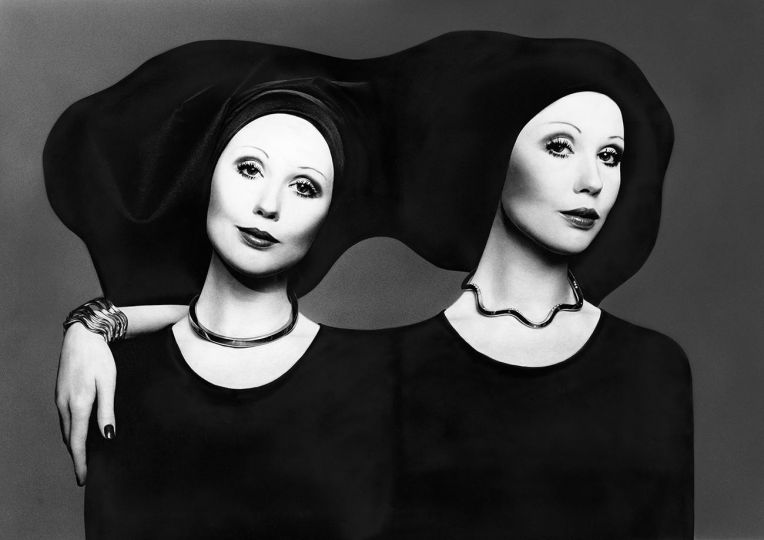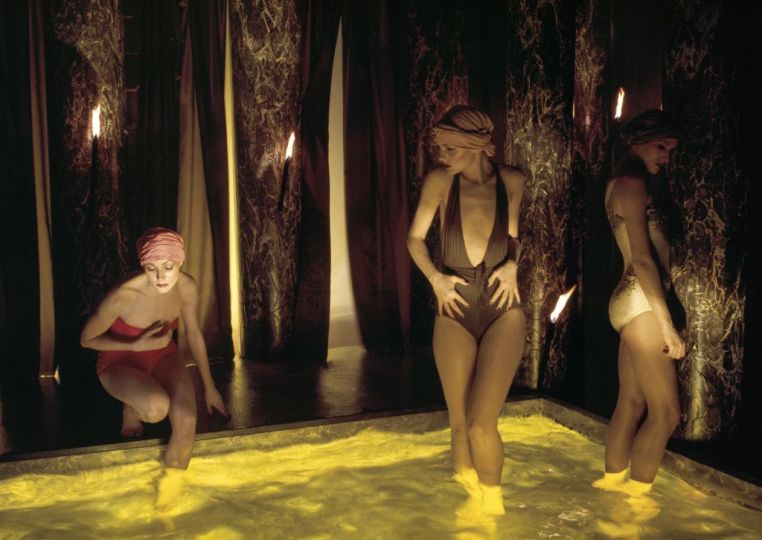Sam Wagstaff was the supreme aesthete of his generation. Singlehandedly, and with an unparalleled intensity, he transformed the collecting of photography in this country from an idiosyncratic indulgence into an intellectual pursuit worthy of widespread recognition. He was a natural aristocrat. Tall and good looking, wearing denims and what looked like a secondhand jacket, he was always the most stylish man in any gathering. High in the sky, overlooking Washington Square, his apartment was the most elegant in New York. There was hardly anywhere to sit, the white walls were left bare, and at night the large windows let in the lights of the city and the stars. On the floor and on a few mirrored shelves were silver objects – pitchers, beakers, trays, napkin rings, flatware, punchbowls – an Ali Baba’s cave floating above the city. Collecting Victorian silver was Sam Wagstaff’s last passion. There, too, his unfailing eye made him a pioneer.
Pierre Apraxine curator, Gilman Paper Company Collection
A pivotal figure on the photography scene from the time he began collecting photographs in 1973, Wagstaff was introduced to the possibilities of the medium by Robert Mapplethorpe. Wagstaffs genius was to acquire the best examples not only by the acknowledged masters of the medium, but also by the unknown and unheralded, which he called “finding new masterpieces.” Educated at Yale and New York University’s Institute of Fine Arts, he served as an ensign in the Navy and took part in the D-day landing at Omaha Beach during World War II He was curator of contemporary art at the Wadsworth Atheneum in Hartford, Connecticut, and at the Detroit Institute of Arts. Wagstaff died at age 65 on January 14, 1987.















